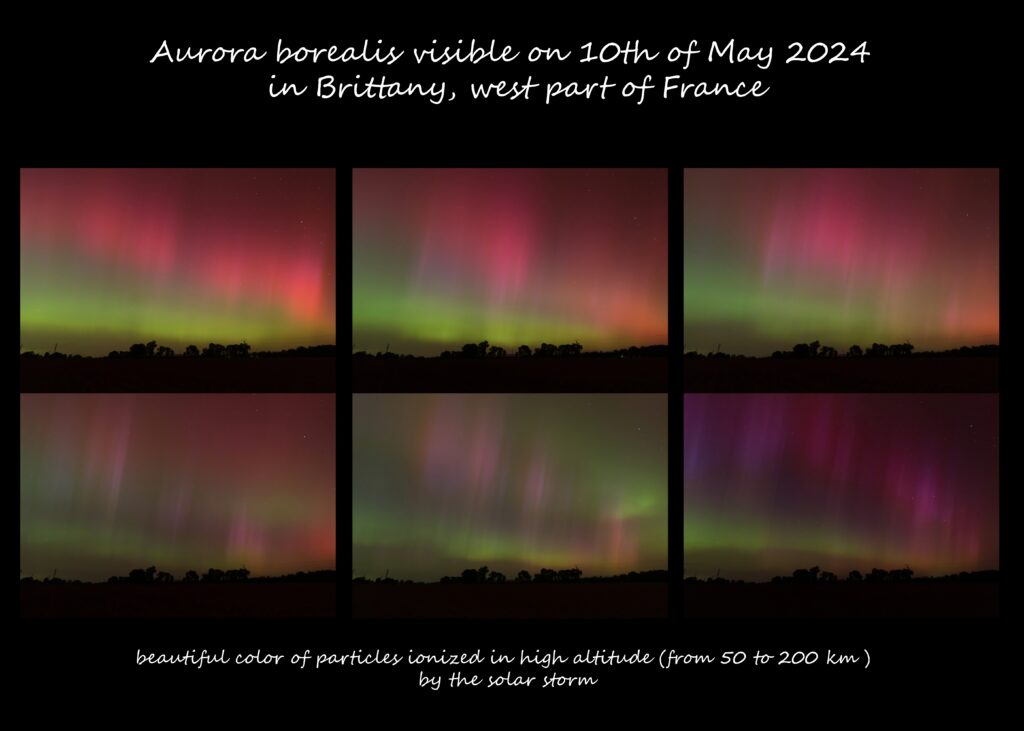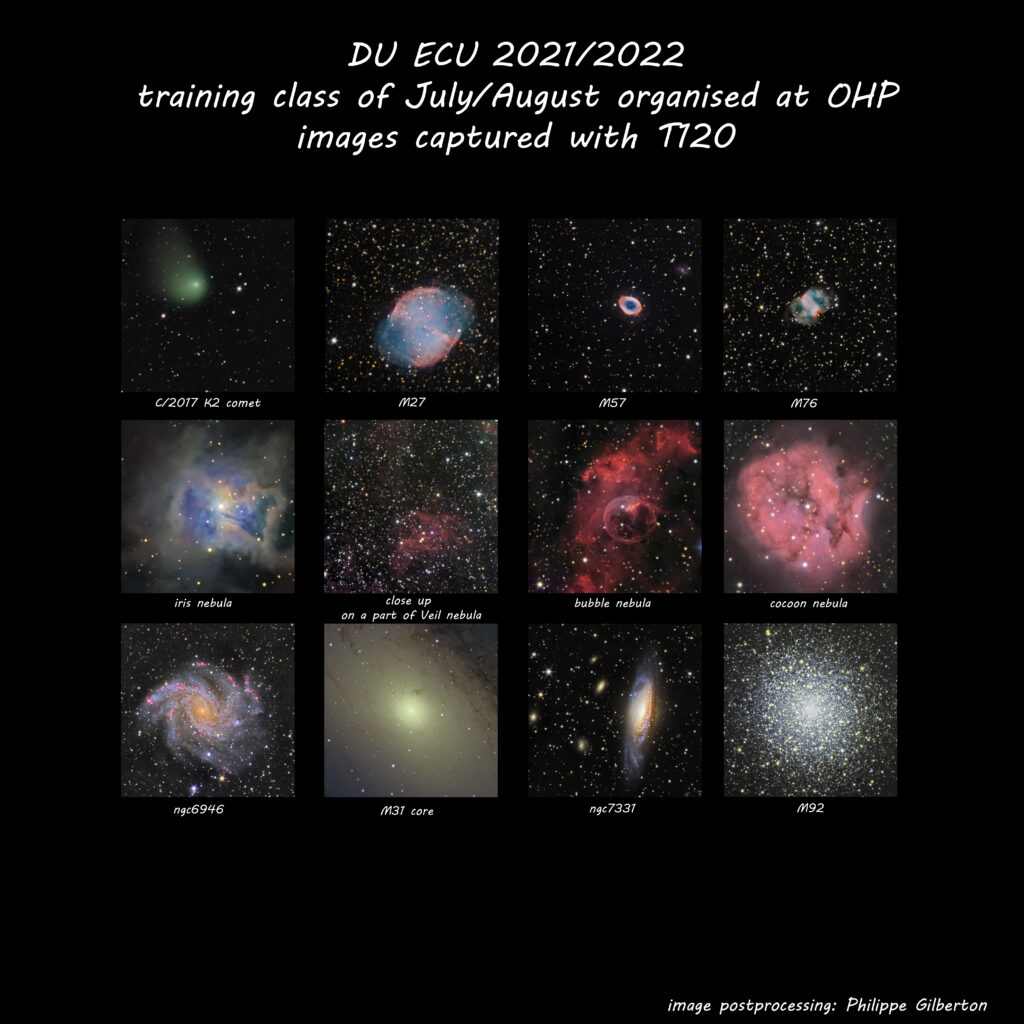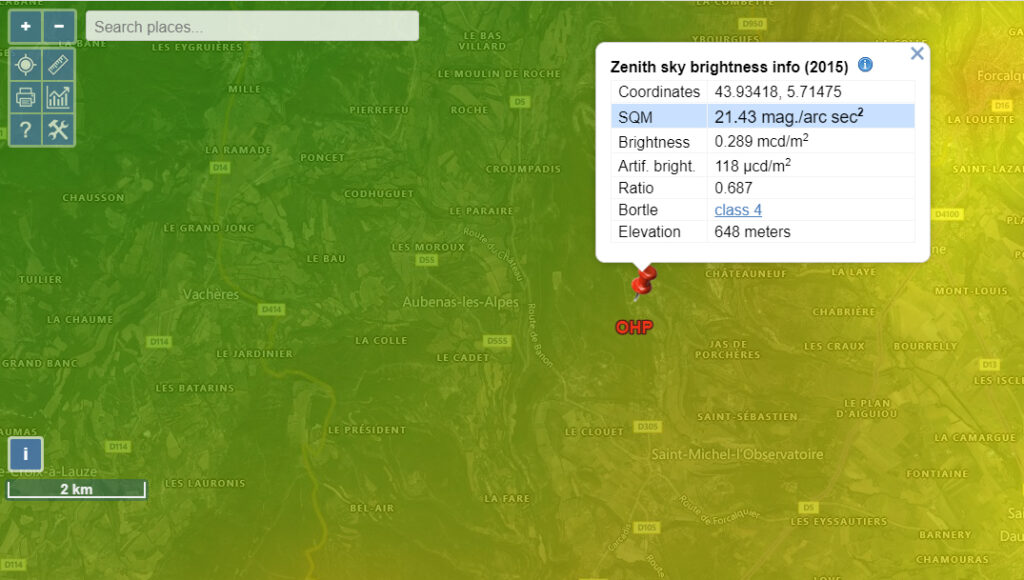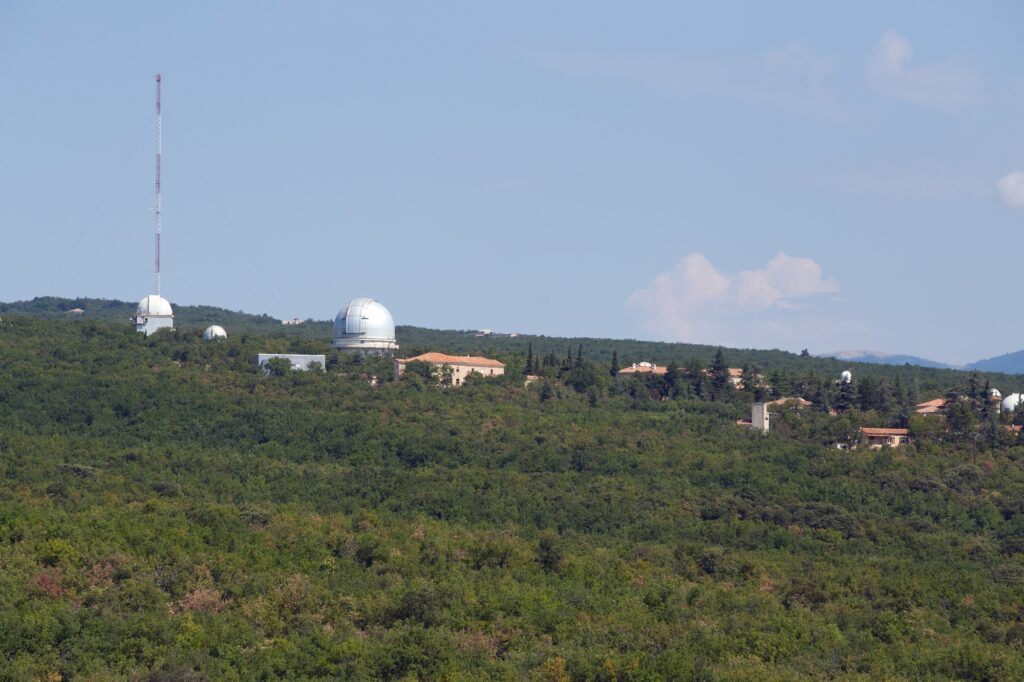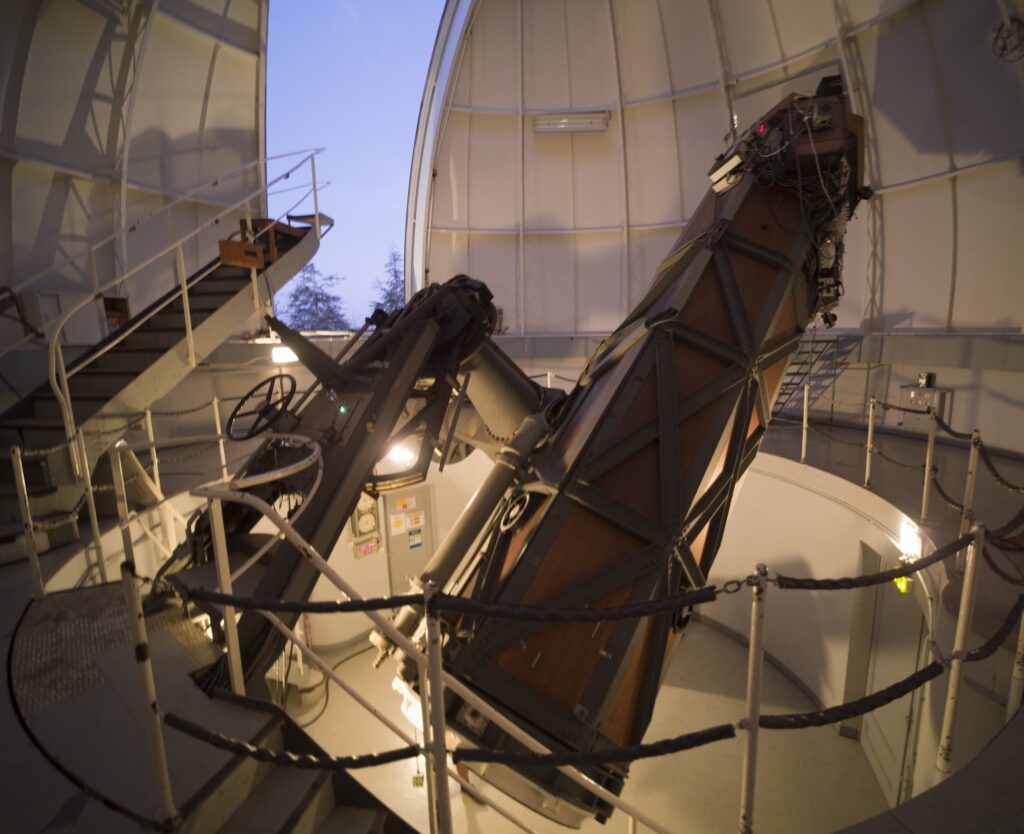An old astronomer’s dream of viewing on a low latitude an aurora. This exceptional event occurred on the night of 10th of May 2024. It was visible all over the north of Europe and more particularly in Brittany, the west part of France where I live. It was so beautiful and colorful due to the massive amount of ionized particles composed essentially of oxygen and nitrogen that I decided to share my pictures with you. The colors are especially sublimated with camera sensor but I can testimony that even with naked eyes I was able to distinguish greenish and pink colors. The ionization process is produced in high altitude, ranging from 50 km for greenish particles and up to 200km for the pink/reddish ones. It explains why the greenish color is often under the reddish one on the pictures. A such strong G5 geomagnetic storm, which is the highest level from a spatial meterorological perspective, didn’t occure since 2003. Stay tuned, other similar events would likely come up in the following months because it is the peak level of the solar activity which regularly happens every 11 years.
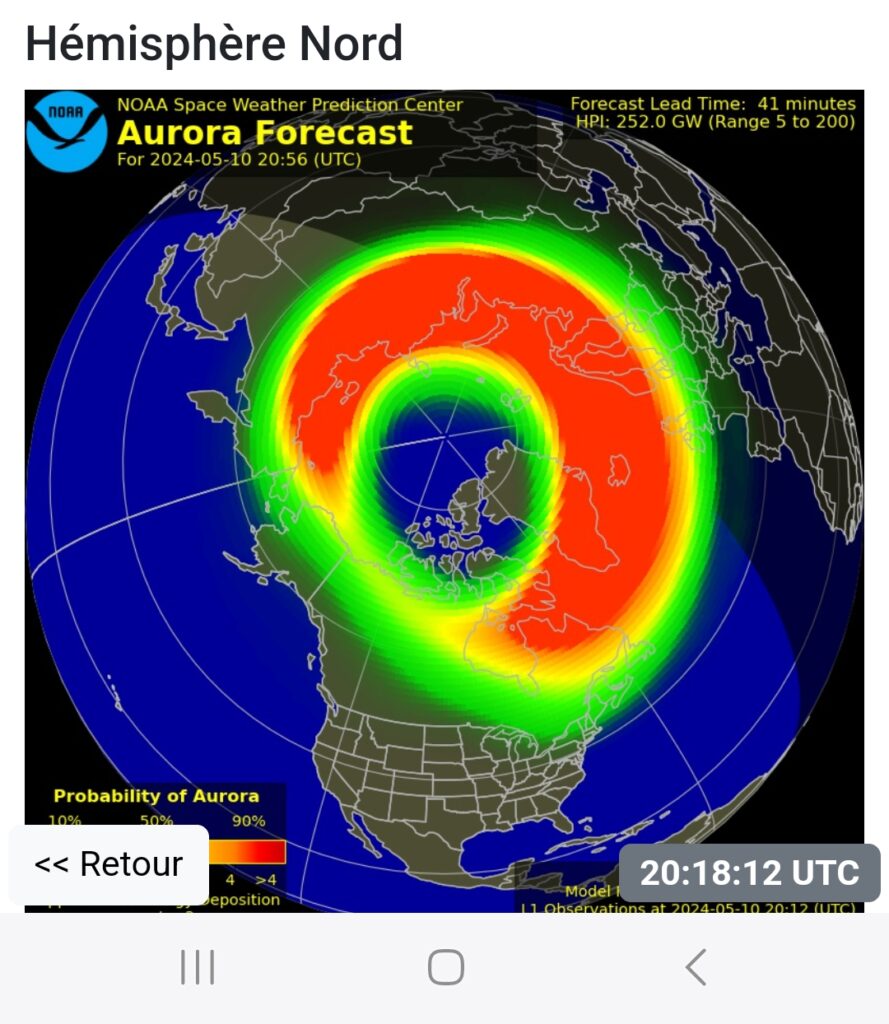
First of all many thanks to Jérémie Vaubaillon who allows me to published those images taken with the T120 at the OHP(Haute Provence observatory).
As part of my training class of the DU ECU (Dplôme Universitaire Explorer et Comprendre l’Univers) I followed the observation internship at the OHP located at an altitude of 650 m in the heart of the Luberon. This internship is organized by Jérémie Vaubaillon, director of DU ECU. It is spread over 4 days and divided into 3 groups of 4 to 5 trainees max. Each group practices observation on 3 telescopes with a diameter of 80 cm, 1.2 m and 1.52 m. The latter is reserved for spectral analysis by diffraction grating.
Some history:
Originally this telescope had three Newton ports. The mechanics of the telescope was installed at the Paris Observatory in 1875 and it was used between 1879 and 1897. Following the decision to create the OHP, it was renovated and installed at St.Michel between 1941 (for the mechanics, d Eichens origin, redone by Secretan) and 1942 (for the optics). After its first silver plating in 1943, it was finally ready to run. The first images were taken on 7th of August 1943, and the first spectrum on 23d of July 1944. Inventor of the silver glass telescope mirror, Léon Foucault built an 80cm telescope in 1862, now on display in Marseilles, and soon after designed a larger one, 120cm in diameter, but he died in 1868 before it was completed. A first 120cm mirror cast in 1863 by Compagnie Saint-Gobain and carved in 1876 by Adolphe Martin (a pupil of Foucault) never gave satisfaction. It was then repolished by André Couder in 1931 and installed on the telescope in 1942, resting on astatic levers. This mirror was accidentally chipped in January 1945 during its second silvering and gave poor images (it is now on display in the projection room, but the 4cm chip is no longer visible because Couder ground a bevel on the edge). A second mirror, cast in 1877, was annealed by Saint Gobain and cut by Couder, and replaced the first in 1953. Since 1957 it has been regularly aluminized in the tank located in the 193cm building and installed at the same time as it.
Nowadays:
The T120 (Telescope of 120 cm diameter) is a Newtonian telescope which uses a 120cm mirror open at f/6 (focal length measured 7.232m). Its secondary mirror can rotate 120° around the optical axis of the primary mirror to feed two focal points. The windshield of the first focus has been equipped with a CCD camera for direct imaging since 1988 then it was replaced on 20th of October 2014 by a new Andor Ikon L 936 camera equipped with a 2048×2048 CCD offering a field of 13.1′ ×13.1′. It is cooled to -60°C by the triple-stage Peltier effect. It is used for various photometry and astrometry work (study of exoplanetary transits simultaneously with spectroscopic observations at 193cm with SOPHIE, imaging of galaxies and HII regions, observations of small bodies in the Solar System and monitoring of the European space telescope Gaia) . Automatic star tracking equips the telescope.
